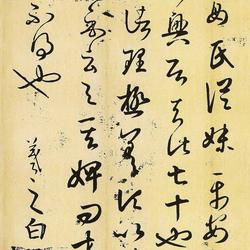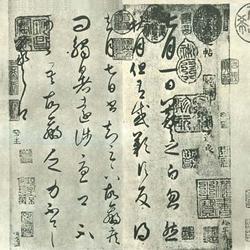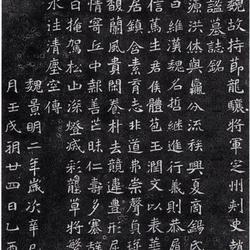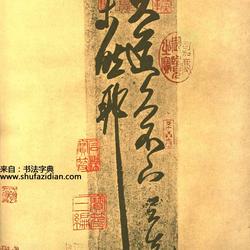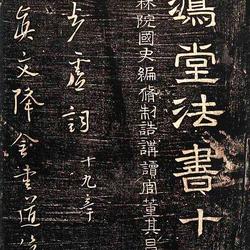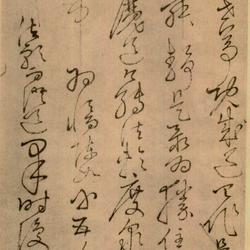Wang Xizhi's "Tie after the Rain" is written on a ruler in five-line cursive script, with the last inscription "Xizhi". This piece has two ink seals of "Shi Nan" and "Zhenguan", as well as "Zhidong Qiwan", "Four Dynasties Xiang Yin", " Shaoxing" small seal and various seals of the Qing Dynasty. Behind the post are inscriptions by Deng Wenyuan, Dong Qichang, Zou Zhilin and others. Deng Wenyuan's postscript said: "The original "Tie after the Rain" by You Wang Youjun has a clear window and a clear snow at night. It is a good idea to show it and play with it." An Qi was sure that it was a Tang model, but Wu Qizhen was vague. Deng Wenyuan called it an authentic work, but what exactly? In October 1980, the Palace Museum organized experts inside and outside the museum to conduct identification again. Regarding the word concept of "authentic calligraphy" mentioned by Deng Wenyuan, experts pointed out that some ancients called ink marks authentic to distinguish them from rubbings, which is not exactly the same concept as we understand Hanxi. At the end of the Southern Dynasty, Yue Ke's "Praise to Baozhenzhai Dharma Calligraphy" said that the Tang Dynasty copied Jin people's calligraphy, and it was also called an authentic work, which is strong circumstantial evidence.
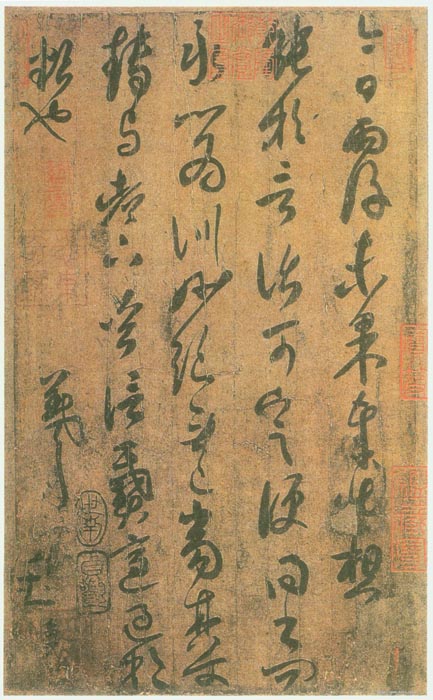
"Tie after the Rain", paper 25.7×14.9 cm. Collection of the Palace Museum, Beijing.
[Explanation] Today, after the rain, the letter was sent to me without success. If I want to be able to speak, I will definitely get a book to ask, which will always serve as a lesson. It's so wonderful, just turn it around. I sent a letter to all of them, and Dai Shi was too rich. Xizhi.

